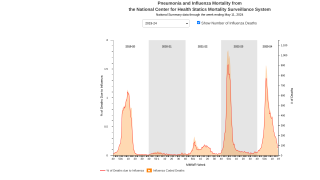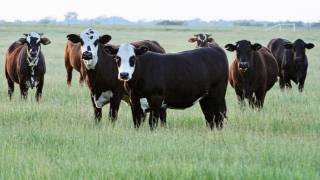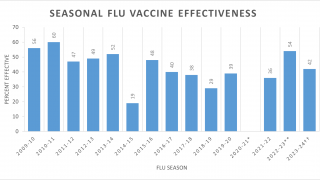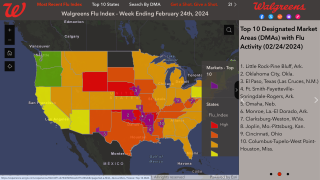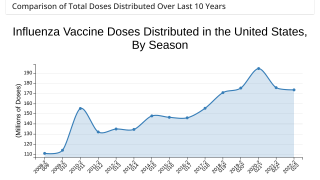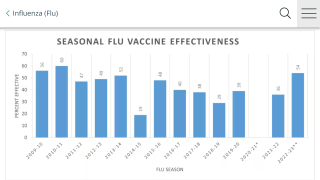Pandemic Preparedness Begins With Personal Responsibility
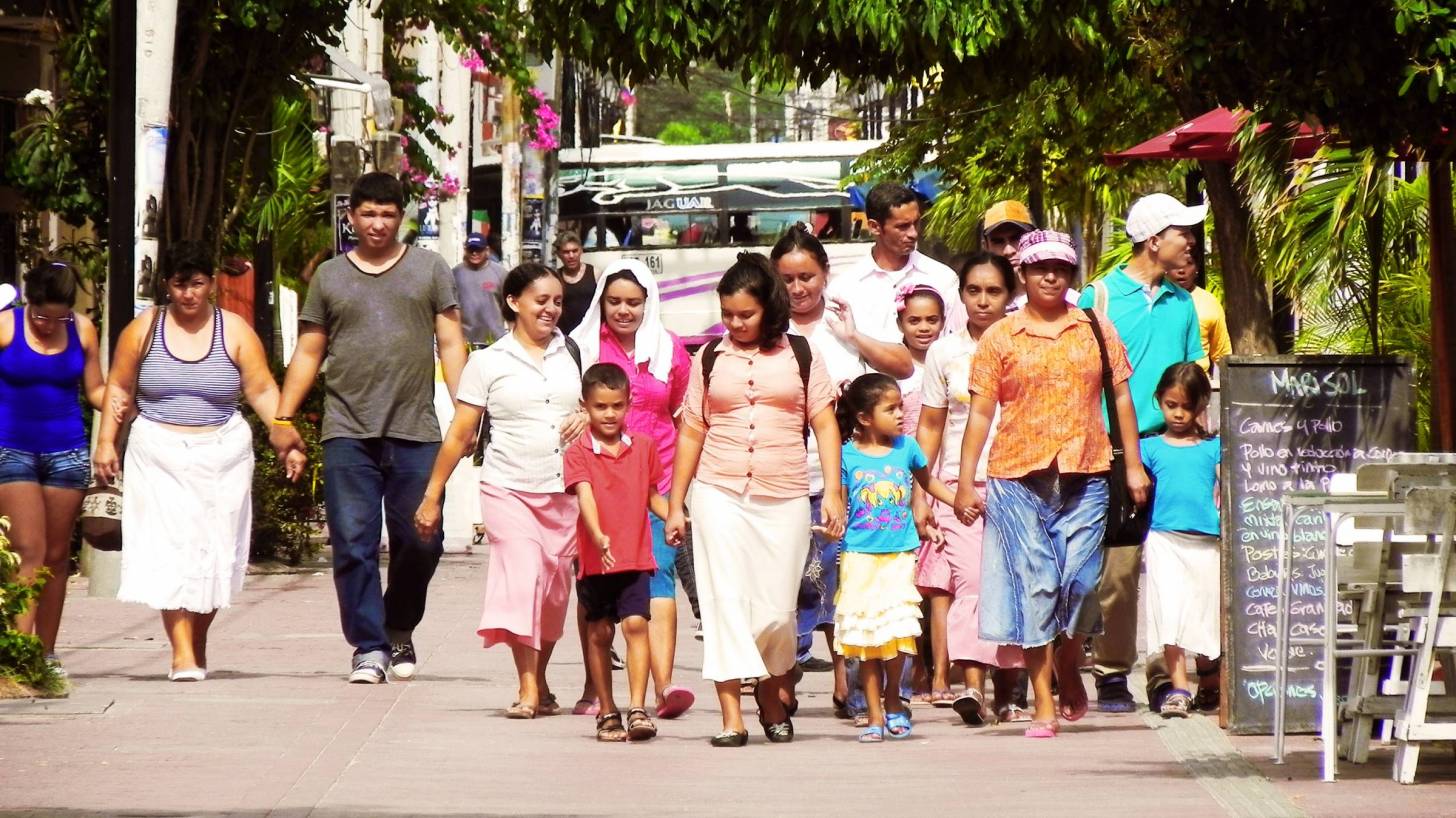
Novel influenza pandemics are uncommon, with only a few occurrences since the 1918 pandemic. Yet, influenza pandemics are one of the world’s greatest public health threats.
This is because an influenza A pandemic can overwhelm public health systems, causing widespread illness, death, and social disruption.
Novel influenza A viruses can be viruses that originate in animals that gain the ability to infect humans or human viruses that change significantly, so as to be different from current human seasonal influenza A viruses.
There are 2 influenza viruses of specific concern; avian and swine.
Moreover, the Centers for Disease Control and Prevention (CDC) published a new blog on April 16, 2019, which says ‘we know an influenza pandemic could come at any time, said Dr. Stephen M. Redd.
For that reason, the CDC continues to evaluate areas where the nation can be more ready.
During the fall of 2018, CDC conducted its largest functional exercise to date. This exercise included over 500 staff and partners across the government and private sectors.
And, that exercise offered many new insights to the CDC and partners.
One of those insights focused on personal responsibility.
Because it takes time to produce an influenza vaccine matched with circulating viruses, and medical and other supplies could be limited, personal health preparedness and prevention measures are important.
Here are 5 things the CDC says you can do to prepare for an influenza A pandemic:
- Get an annual flu vaccine to protect you against seasonal influenza. But, a seasonal flu shot will not protect you against a novel influenza A virus,
- Learn, teach to others, and practice everyday preventative actions that can help slow the spread of germs. Social distancing (avoiding close contact with others) is one of the most important personal nonpharmaceutical interventions that people can take to help avoid getting sick,
- Create an emergency supplies kit that includes personal needs, such as soap, hand sanitizer with at least 60 percent alcohol, and tissues,
- Close-knit communities are often more resilient in a disaster, like a pandemic. Which means, get to know your neighbors,
- Monitor local news coverage for public health advisories and information about temporary school closures and large event cancellations. But, beware of misinformation and rumors, especially on social media.
A whole-of-society approach to pandemic influenza preparedness emphasizes the significant roles played not only by the health sector, but also by all other sectors, individuals, families, and communities, in mitigating the effects of a pandemic.
For additional information on how to prepare for a pandemic, download the Get Your Household Ready for Pandemic Flu planning guide.
Our Trust Standards: Medical Advisory Committee















